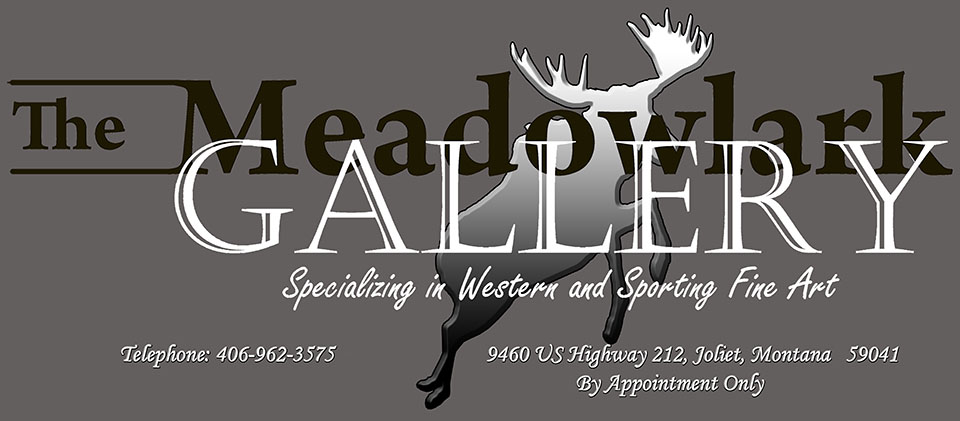|
|
||
|
Frank
Leonard Stick (1884-1981) |
||
| Frank
Leonard Stick is best known for his outdoor-themed paintings, especially
those relating to hunting and fishing. He was born February 10, 1884 in
Huron, Dakota Territory (now South Dakota). His father, David Leonard
Stick, was a native of Vinton, Iowa and president of the National Bank
of Dakota. His mother was Lydia Jane Marcellus Stick, originally from
Rome, New York. Frank Stick spent his boyhood in Sioux City, Iowa, hunting,
fishing, trapping, and trying his hand at a variety of part-time jobs.
He died November 12, 1966 in North Carolina.
In 1899, the Stick family moved to Oglesby, Illinois, a small mining town. Frank's father and older brother, Claude, operated a grocery store owned by the Bents Coal Mine Company. Frank helped as a stock and delivery boy. While there, he formed a lasting friendship with Ed Platte, who also worked with Frank at the family store. He and Ed spent much time hunting, fishing, and camping. After two years at the family grocery, Frank struck out on his own, heading north to the relative wilds of Wisconsin. He trapped during the winter and served as a hunting and fishing guide in the summer and fall. The sketches he made during this period were for his own enjoyment, but he discovered he could sell his written accounts of hunting and fishing experiences to outdoor magazines. These experiences allowed Frank to cover most of the upper Great Plains and Rockies, as far west as Montana, and always with his pencil and brush. He realized he could better document his observations of wildlife and wilderness in paintings rather than words, and he decided to seek professional art instruction. Frank enrolled in the Chicago Art Institute in 1904 and sold his first painting to "Sports Afield" magazine after four months of instruction. His teachers recognized his talent, advised him to pursue a career as an artist, and also recommended he seek advanced instruction from Howard Pyle in Wilmington, Delaware. In 1906, Stick moved to Wilmington and received guidance from Pyle, one of the masters of illustration. Among the other distinguished American illustrators who were studying under Pyle at the time were N.C. Wyeth, Frank E. Schoonover, Anton Otto Fischer, and Harvey T. Dunn. Frank married Ada Maud Hayes in 1908, who at the time was an artist's model. He moved to Interlaken, New Jersey, and remained there until 1929. During this period, he was very successful, and his work appeared in "Sports Afield", "Field and Stream", "Collier's", "The Saturday Evening Post", and other magazines. By 1929, Stick was so disillusioned by the trends in art and "turning out pictures on order," that he closed his studio at Pine Cove and vowed never again to paint for pay. He moved to the Outer Banks of North Carolina. During this time, he was a driving force behind the creation of Roanoke Island National Park, the Wright Brothers Memorial at Kitty Hawk, and the Cape Hatteras National Seashore Recreational Area. He painted for his own enjoyment during this period, with the exception of a series of watercolors for "Sports Afield" in 1950. He illustrated two books by his son David (he and his wife also had a daughter, Charlotte). At the time of his death, he was working on a book of southern salt and freshwater fish; it was published posthumously in 1981 under the title "An Artist's Catch". Courtesy of Mike Mordell, Windsor, Colorado. |
||
|
View high resolution images of works by Frank
Stick when available. |
||
Have questions about these images? E-mail Meadowlark Gallery!!Home Page / Biography Library / Bronze / Collectibles / Etchings / Paintings / Pen and Ink / Graphite / Working Decoys Gallery Credentials / Firearms / Triangle Z Ranch Furniture / Customer Percs |
||
